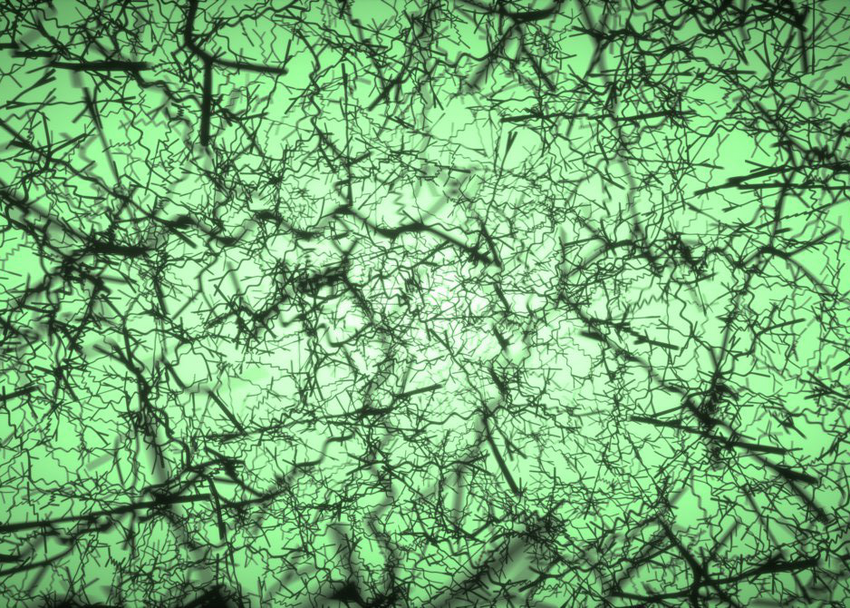What is the background of the new formula? In order to be able to understand this, it is important to consider what particle physicists set out to do. “We research predictions about probabilities that certain events will occur when particles collide with each other”, says Dr. Gudrun Heinrich from the MPP and co-author of the recent publication in which the research result was published.
The particle collisions take place in particle accelerators like the Large Hadron Collider (LHC) at CERN. With the help of these experiments, physicists hope to learn which forces hold our world together at its core. Experimental particle physicists collide protons – the basic building blocks of the universe – and observe what happens to them: new particles emerge, disappear, and reappear as other particles. Innumerable event possibilities result from these collisions. In contrast, theoretical particle physicists already calculate the probability of certain events occurring in advance – thus contributing to make new discoveries about the fundamental building blocks of our world, and their interactions.
Two particles in, three particles out
In this case, the scientists investigated what happens when two particles enter the collision process and three particles come out. It sounds much simpler than it is. However, what happens in the middle of the collision process requires incredibly complex calculations. “Particle interactions are visualized by Feynman diagrams. The more precisely we calculate, the more complex they become – until even high-performance computers are pushed to the limits”, says Prof. Dr. Johannes Henn, Director of Quantum Field Theory at MPP.
Nevertheless, the international team with researchers at the MPP together with colleagues from Durham University, the University of Zürich, the Johannes Gutenberg University in Mainz, and the University of Science and Technology of China, have met this challenge. In order to tackle this task, they had to develop completely new mathematical methods. The calculation of the five-particle scattering processes in the third order – in technical terminology "with two loops” – took several years and produced sets of formulas several meters long. The final result was quite surprising. “In the end, everything collapsed into something astonishingly simple”, Dr. Heinrich sums up briefly.
A small, one-line formula came out. This result is simple yet highly precise. Maybe even more important than this milestone: The new calculation methods the research team developed, since these can be applied to other scattering processes. In so doing, they contribute to a better understanding of the fundamental building blocks of the universe.
More information
Within the framework of the European Research Council (ERC) Grant “Amplitudes”, Prof. Dr. Johannes Henn is conducting research in order to better understand and predict scattering processes in quantum field theory. Scattering processes occur when particles collide in particle accelerators such as the Large Hadron Collider (LHC) at CERN in Geneva. They are the starting point for calculating the formation to hitherto unknown are to be predicted.
